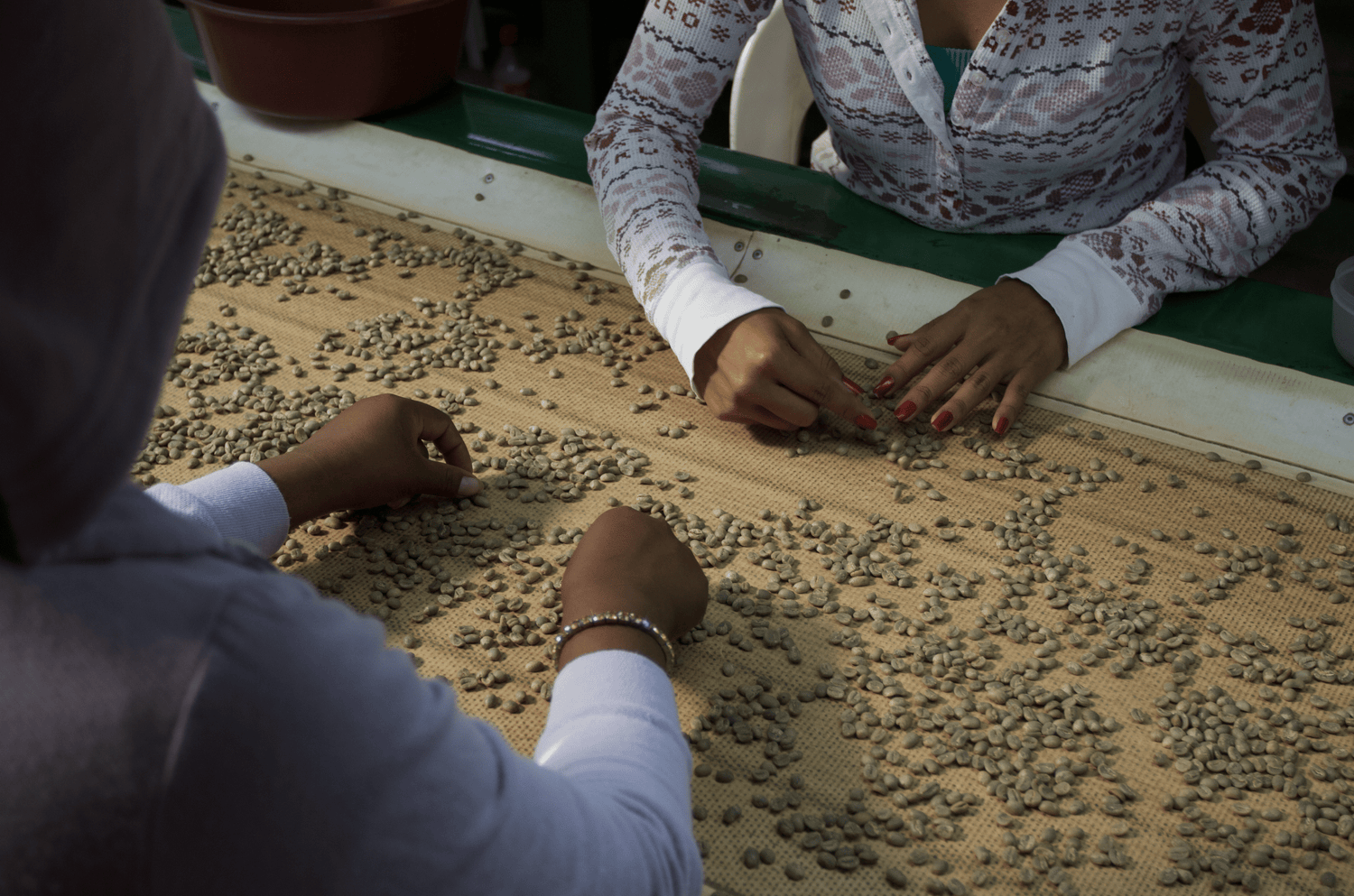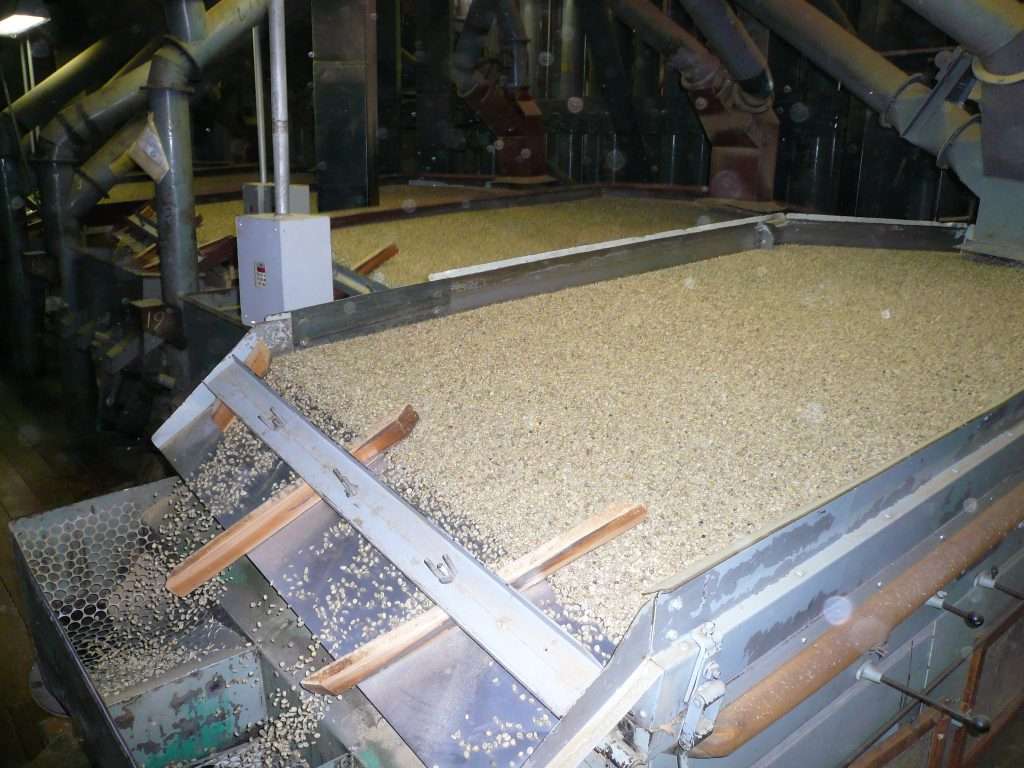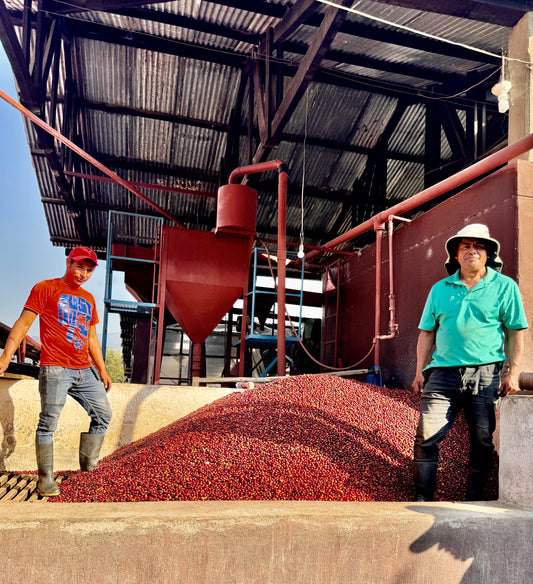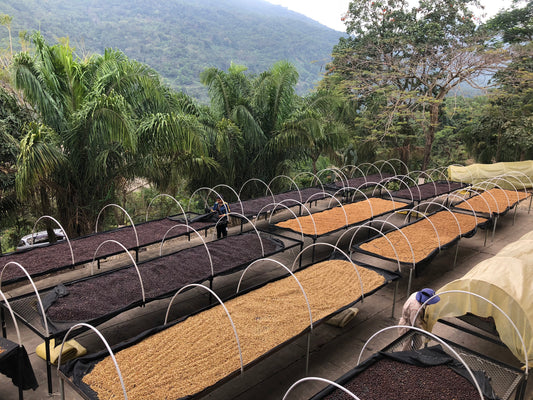Dry Milling Green Coffee and Its Significance on Quality

As coffee connoisseurs and enthusiasts, we understand the value of sourcing premium beans, acknowledging the farm’s cultivation conditions, and appreciating the initial stages of processing. However, the significance of dry milling green coffee is an often overlooked yet crucial part of the coffee supply chain. This stage, known as dry milling in green coffee production, significantly influences the final quality of our beans. Let’s embark on a journey to explore this less charted territory to better understand its significance on quality.

Understanding Dry Milling in the Coffee Industry
Dry milling is a pivotal stage in the coffee processing chain that takes place after coffee producers have picked and dried their coffee using several unique processing techniques. At this stage, the parchment coffee (coffee beans still encased in a protective husk) undergoes hulling, grading, and sorting before export.
This process typically takes place in a facility separate from the coffee farm, known as a dry mill. It’s an essential step that bridges the gap between the coffee farms and the roasters, ensuring that only the highest quality beans make it through. The dry mill is where the final touches are put on the coffee beans before exporting to coffee roasters all of the world, refining them into the product that will eventually be roasted, ground, and brewed.

- Hulling: This is the process of removing the dried husk from the coffee bean, a crucial step in ensuring the cleanliness of the bean.
- Grading: After hulling, beans are graded based on their size, weight, and shape. This ensures uniformity, which is essential for the roasting process.
- Sorting: The final stage involves sorting the beans to remove any defective ones, often using a combination of manual and automated methods.
By understanding the importance of dry milling in the coffee industry, we can better appreciate the journey that each coffee bean takes from the farm to our cup, and the many steps along the way that contribute to the final quality and flavor of our coffee.
Dry Milling’s Impact on Our Roasting
As coffee roasters, the quality of our final product significantly depends on the dry milling process.
- Flavor Consistency: Well-milled coffee ensures each batch we roast has consistent flavor profiles, maintaining our brand’s reputation for quality.
- Reduced Waste: Efficient sorting at the dry mill stage reduces the chance of roasting defective beans, saving time and resources.
- Roasting Precision: Uniformly sized and dense beans allow for precise control over the roasting process, providing the ability to unlock the bean’s full flavor potential.
The Indispensable Role of Dry Milling in the Coffee Supply Chain
Dry milling might seem like a routine, mechanized process, but it’s much more than that. It’s the last opportunity to ensure only the best beans make it to our roastery.
Removing Defects: The Human Touch and Advanced Technology in Dry Milling
Even with the best harvesting and wet milling practices, defective beans can sometimes make it through to the dry milling stage. These defects can include beans that are too small, cracked, or discolored, among other defects and issues.
One of the most traditional methods for removing these defective beans is manual sorting. In many dry mills, workers stand by a conveyor belt, meticulously inspecting the beans as they pass by. These skilled workers can quickly identify and remove defective beans, ensuring that only the highest quality beans make it to the roasting stage.

However, manual sorting is not the only method used in modern dry mills. Advances in technology have led to the development of automated sorting machines that can quickly and accurately identify and remove defective beans. These machines use a variety of methods, including color sorting technology, which uses cameras and optical sensors to detect discolored or otherwise defective beans.
These technologies, combined with the skilled eye of a human sorter, ensure that only the highest quality, defect-free beans make it to the roasting stage. This rigorous defect removal process is a testament to the importance of dry milling in the production of high-quality coffee.
Another technology used is size grading machines, which separate beans based on their size. This is important because smaller beans can roast faster than larger ones, leading to an uneven roast if not properly sorted.

Ensuring Uniformity: The Role of Oliver Gravity Separators in Dry Milling
Uniformity in coffee beans is a critical factor in achieving a consistent and high-quality roast. This uniformity is achieved through grading the beans based on their size and density, a process that takes place during dry milling.
One of the machines commonly used in this process is the Oliver Gravity Separator. This machine separates coffee beans based on their density, a property that is directly related to the quality and flavor potential of the beans.
The Oliver Gravity Separator works by creating a fluidized bed of coffee beans. The denser beans sink to the bottom of this bed, while the less dense beans rise to the top. This separation allows for the removal of less dense, potentially lower-quality beans, ensuring that only the best beans make it to the roasting stage.
The importance of this process cannot be overstated. Beans of different densities roast at different rates. If a batch of coffee includes beans of varying densities, the result can be an uneven roast, with some beans over-roasted and others under-roasted. This inconsistency can lead to a final product with a mix of flavors, detracting from the overall quality of the coffee. By ensuring uniformity in bean density, we can achieve a more consistent roast and, therefore, a more consistent flavor profile.

The Role of Screen Size in Dry Milling
Screen size is another crucial aspect of the dry milling process. Evan after all of the above work, the coffee beans are passed over a series of screens with different sized holes. These screens effectively sort the beans based on their size, a process known as screen sizing. Screen sizing is important for several reasons:
- Uniformity in Roasting: Similar to the importance of density, beans of different sizes roast at different rates. Larger beans take longer to roast than smaller ones. If a batch of coffee includes beans of varying sizes, the result can be an uneven roast, with some beans over-roasted and others under-roasted. By ensuring uniformity in bean size, we can achieve a more consistent roast and, therefore, a more consistent flavor profile.
- Quality Control: Screen sizing also serves as a method of quality control. Beans that are too small may be immature and could negatively affect the flavor of the coffee. By removing these beans during the screen sizing process, we ensure that only the highest quality beans make it to the roasting stage.
- Market Grading: Screen size is often used as a grading method for green coffee beans in the marketplace. Beans are categorized into different grades based on their screen size, with larger beans generally considered to be of higher quality.

Incorporating screen sizing into the dry milling process is another way we ensure the quality and consistency of our coffee. By paying attention to every detail, from the size and density of the beans to the removal of defects, we can deliver the ultimate coffee experience to our customers.
Dry Milling – The Unsung Hero of Coffee Production
The dry mill might be the unsung hero in the coffee supply chain. It plays a vital role in maintaining quality and consistency in every cup of coffee. As coffee roasters, understanding and recognizing the value of this step ensures we can source the best beans, roast them to perfection, and deliver the ultimate coffee experience to our customers. By shedding light on the importance of dry milling, we hope to elevate the appreciation for this critical stage in coffee production.




